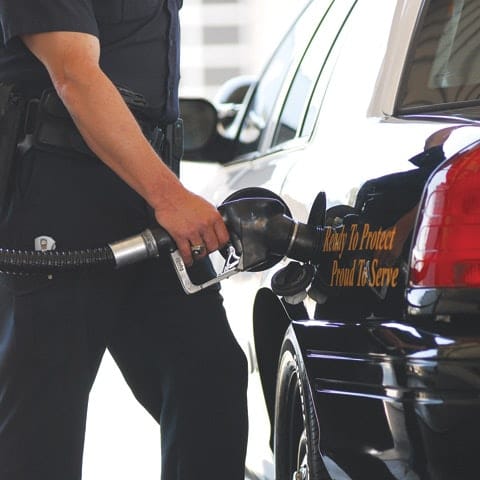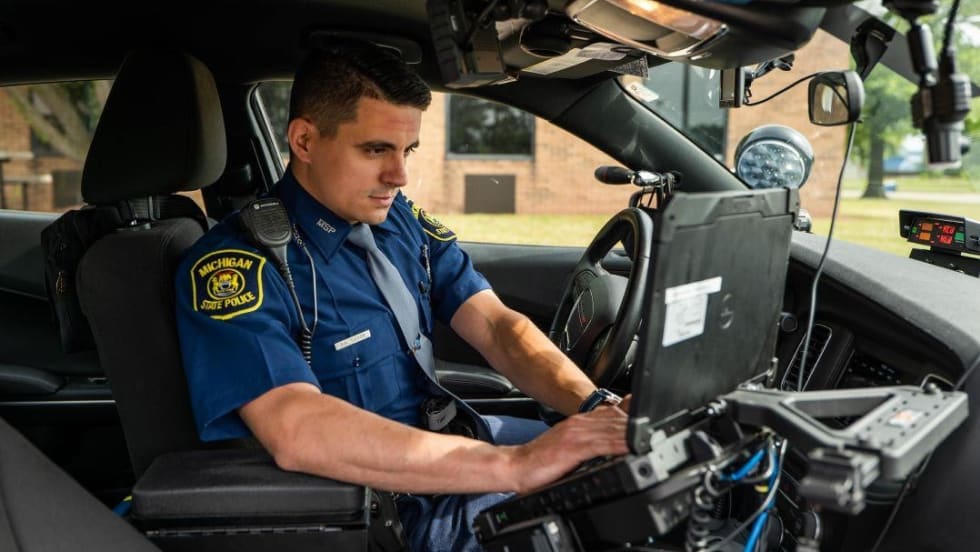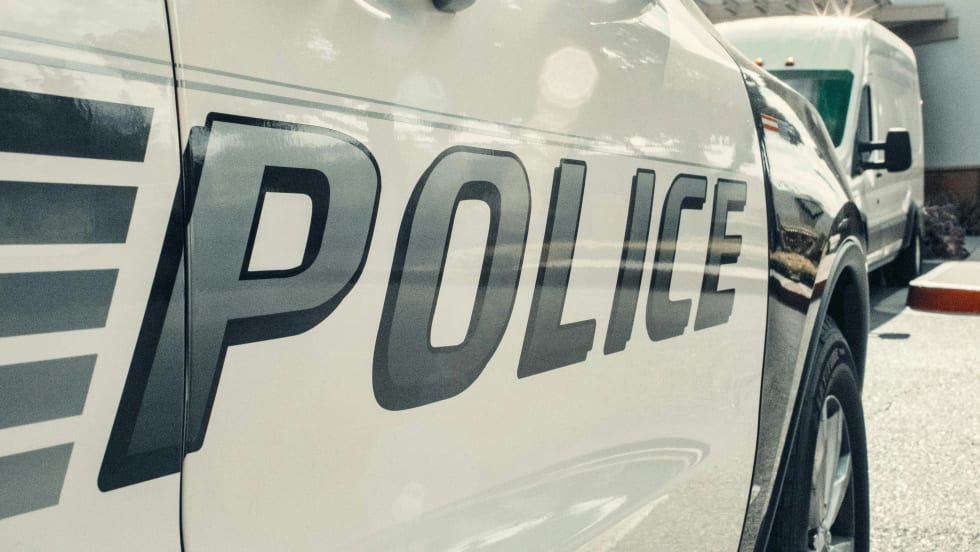With the natural gas vehicles, the cost per gallon of fuel is equivalent to $1.40 per gallon of what it would cost for standard gasoline-powered vehicles, a cost per gallon that is significantly cheaper that either gasoline or diesel, according to Santa Monica Fleet Administrator Rick Sykes.
The quality of an alternative-fueled vehicle's drive is also significantly better Sykes says. Police officers and other city employees have reported less vibration in vehicles powered by natural gas and other alternative fuels. And given that the City of Santa Monica spans just eight square miles, developing a natural gas fueling infrastructure has been relatively simple. Natural gas fueling stations have been installed at the city's main garage and at the municipal bus line station.
Clean Energy, the largest provider of natural gas for vehicle use in North America, has also opened a natural gas station available to the public within the city limits.
"There is fuel savings associated long-term, even with the short-term costs of infrastructure," Sykes said. "The more gas prices rise, the more money we plan on saving long-term."
Midland County (Mich.) Sheriff Jerry Nielsen mandated that his deputies drive no more than 180 miles per 12-hour shift to cut down on gas consumption, according to a May 2008 article in the Bay City Times. That fact has Nielsen and his department considering propane as an alternative fuel source which could help the department save money.












